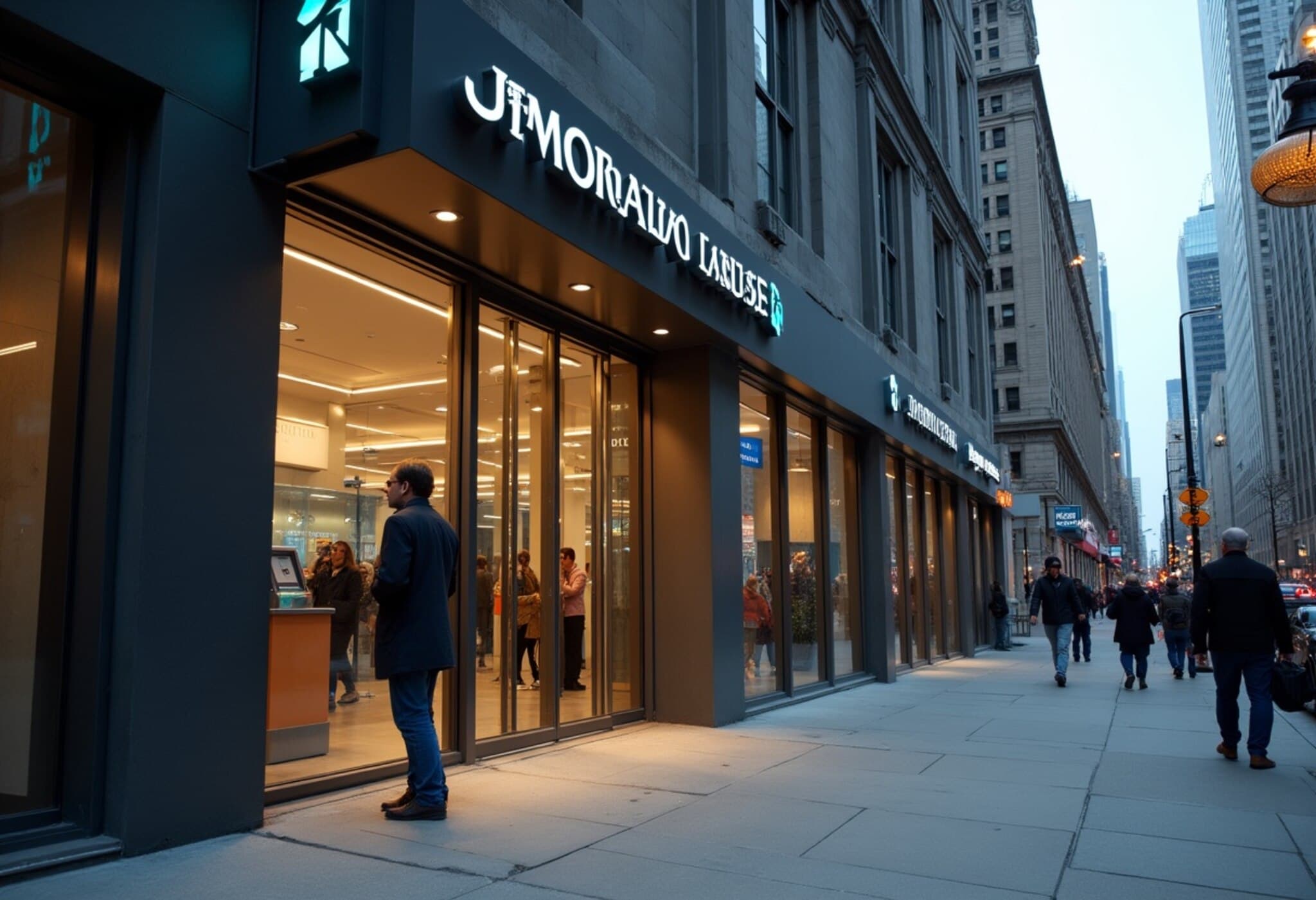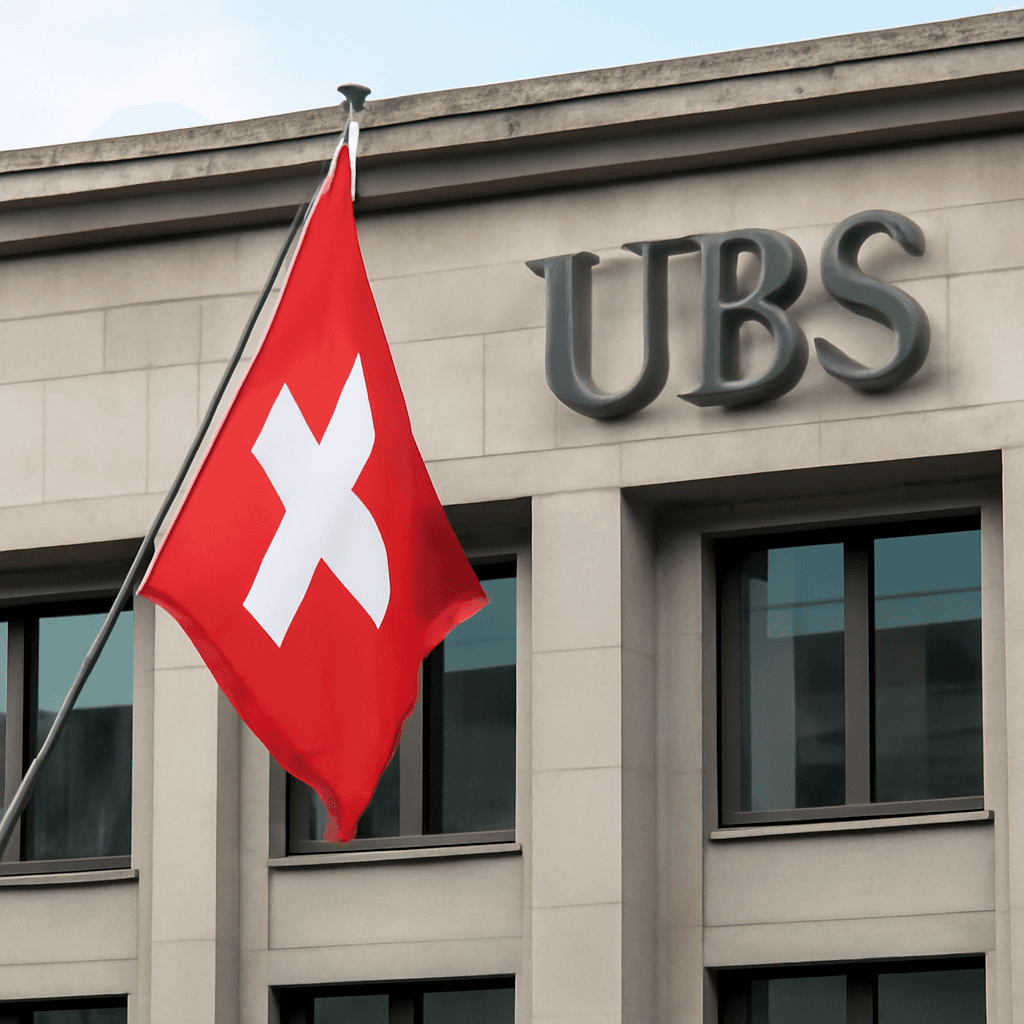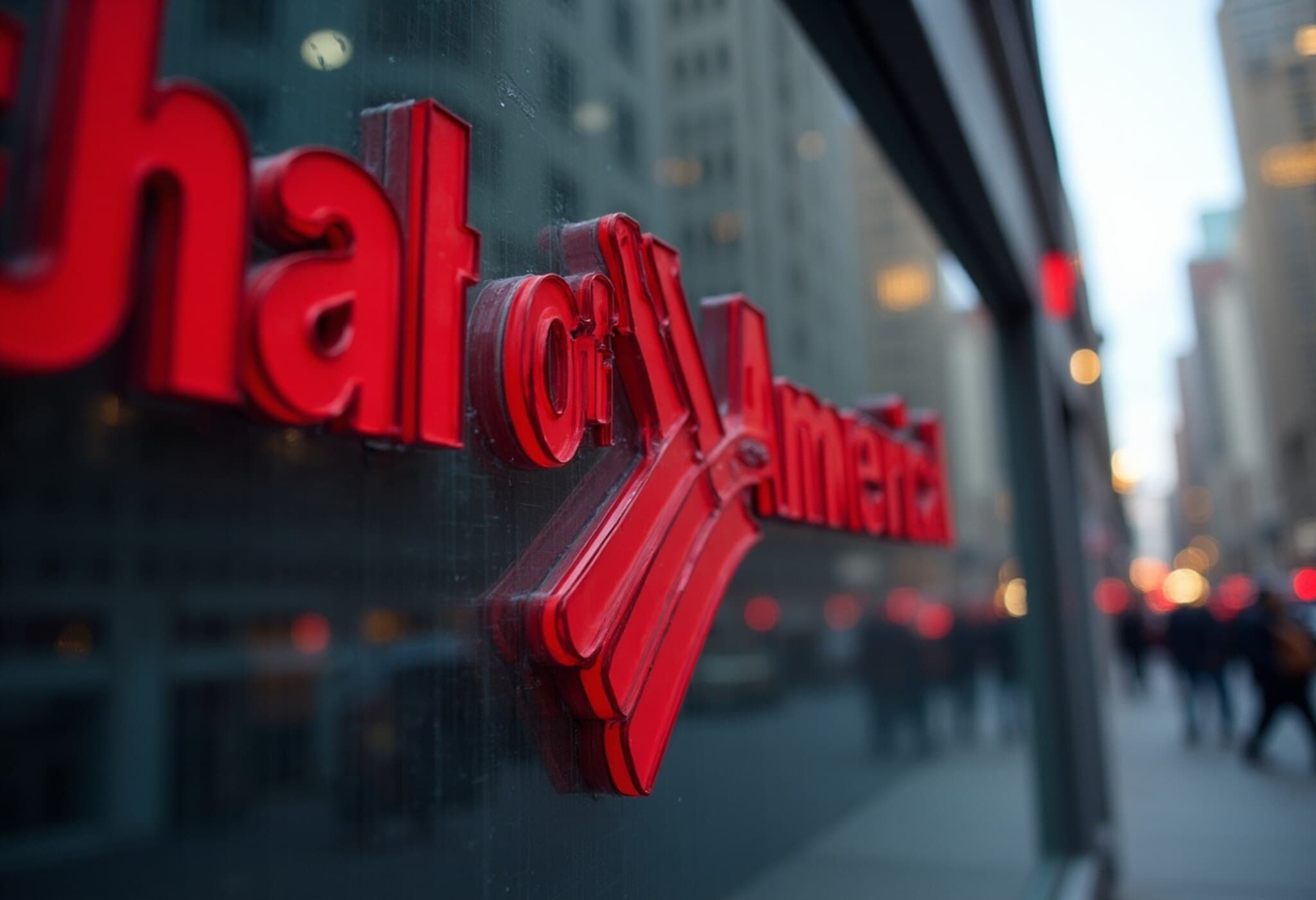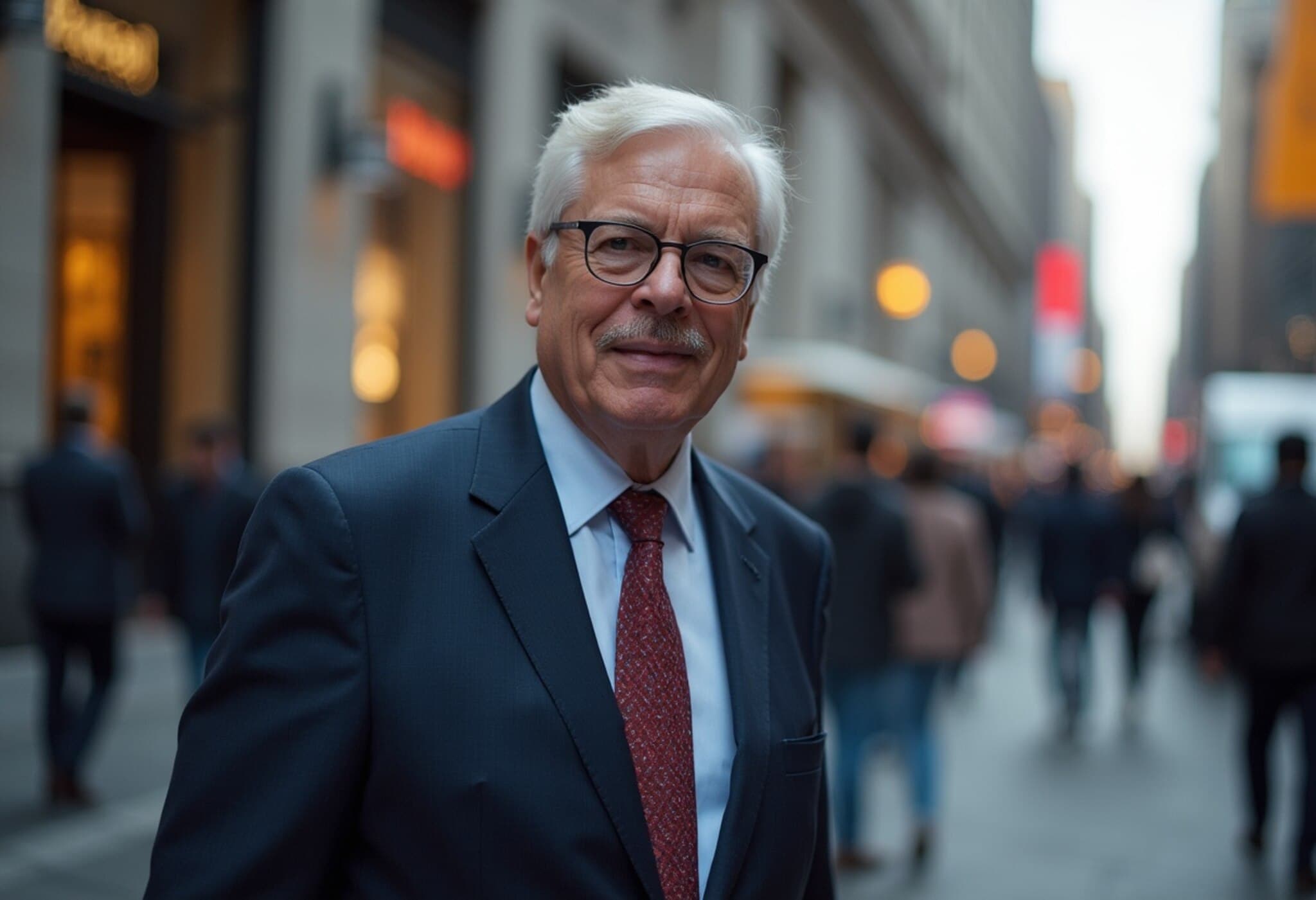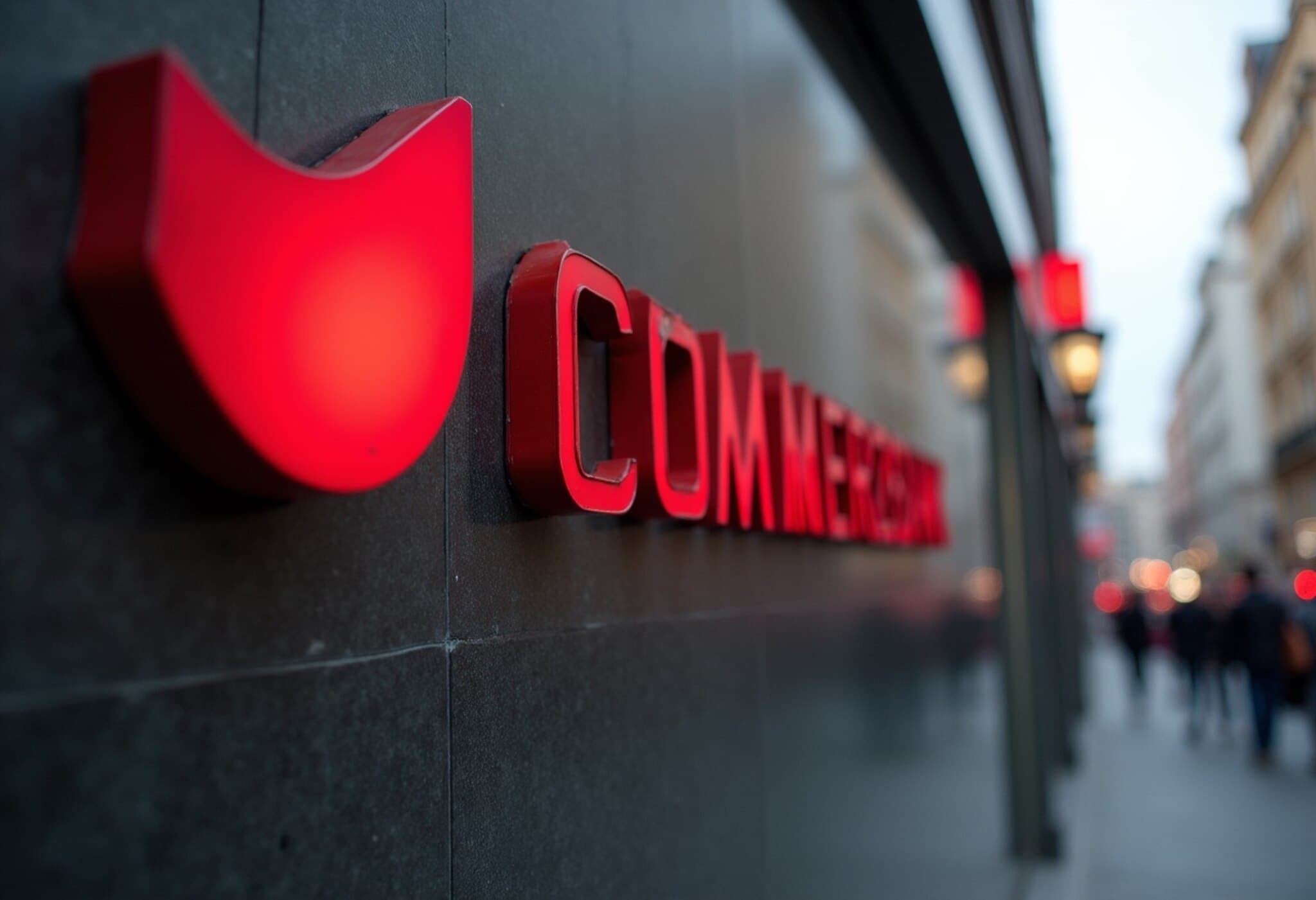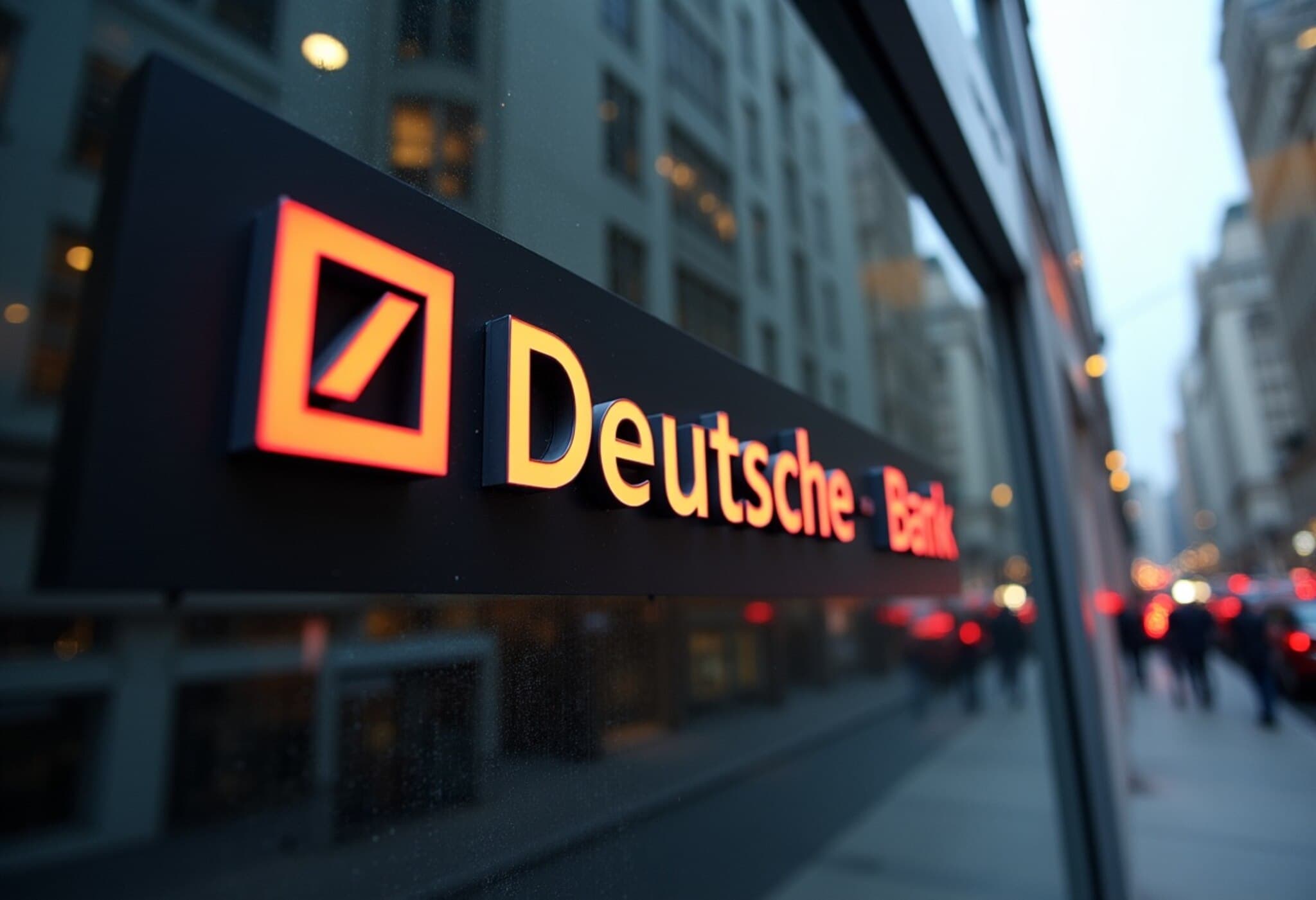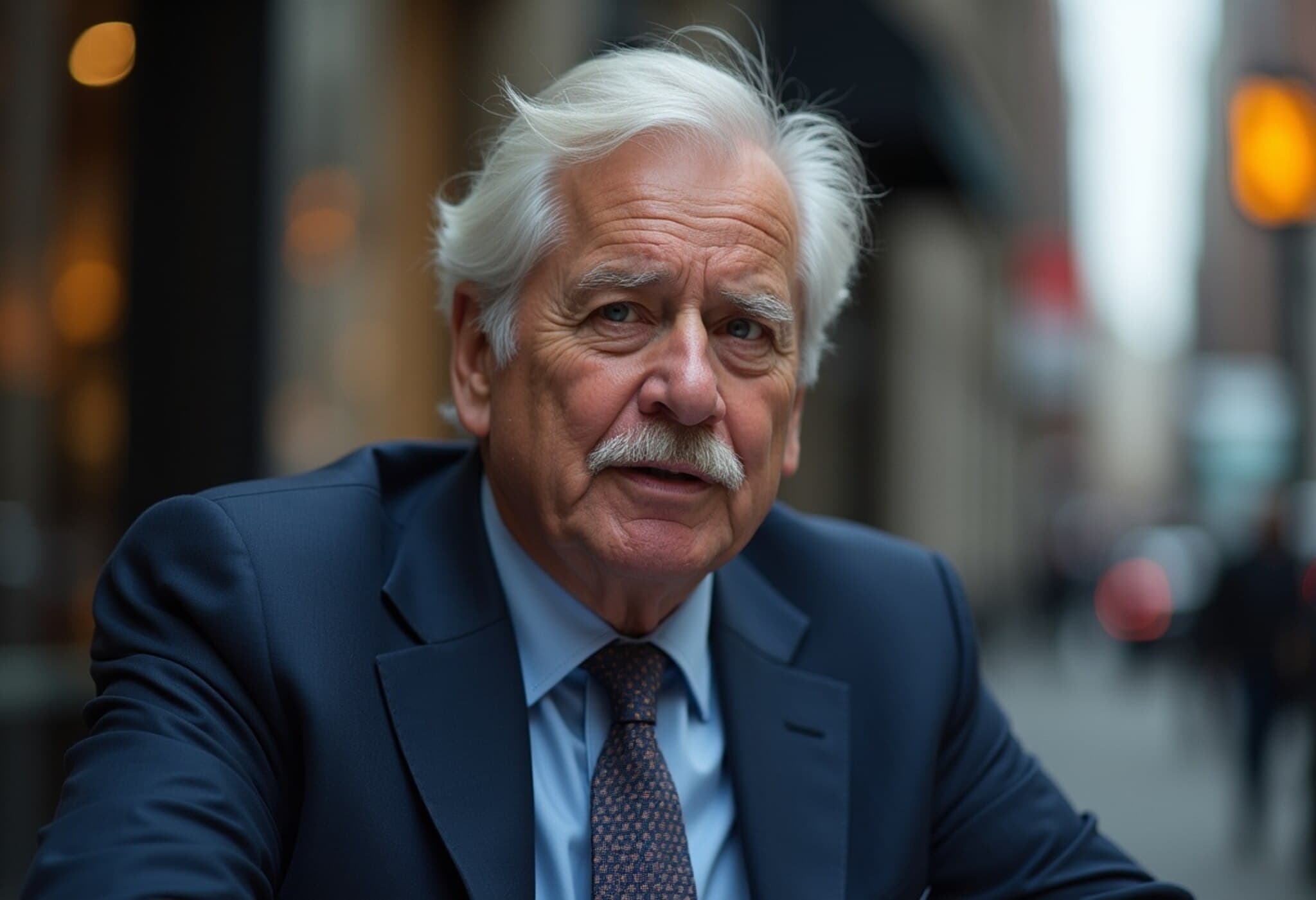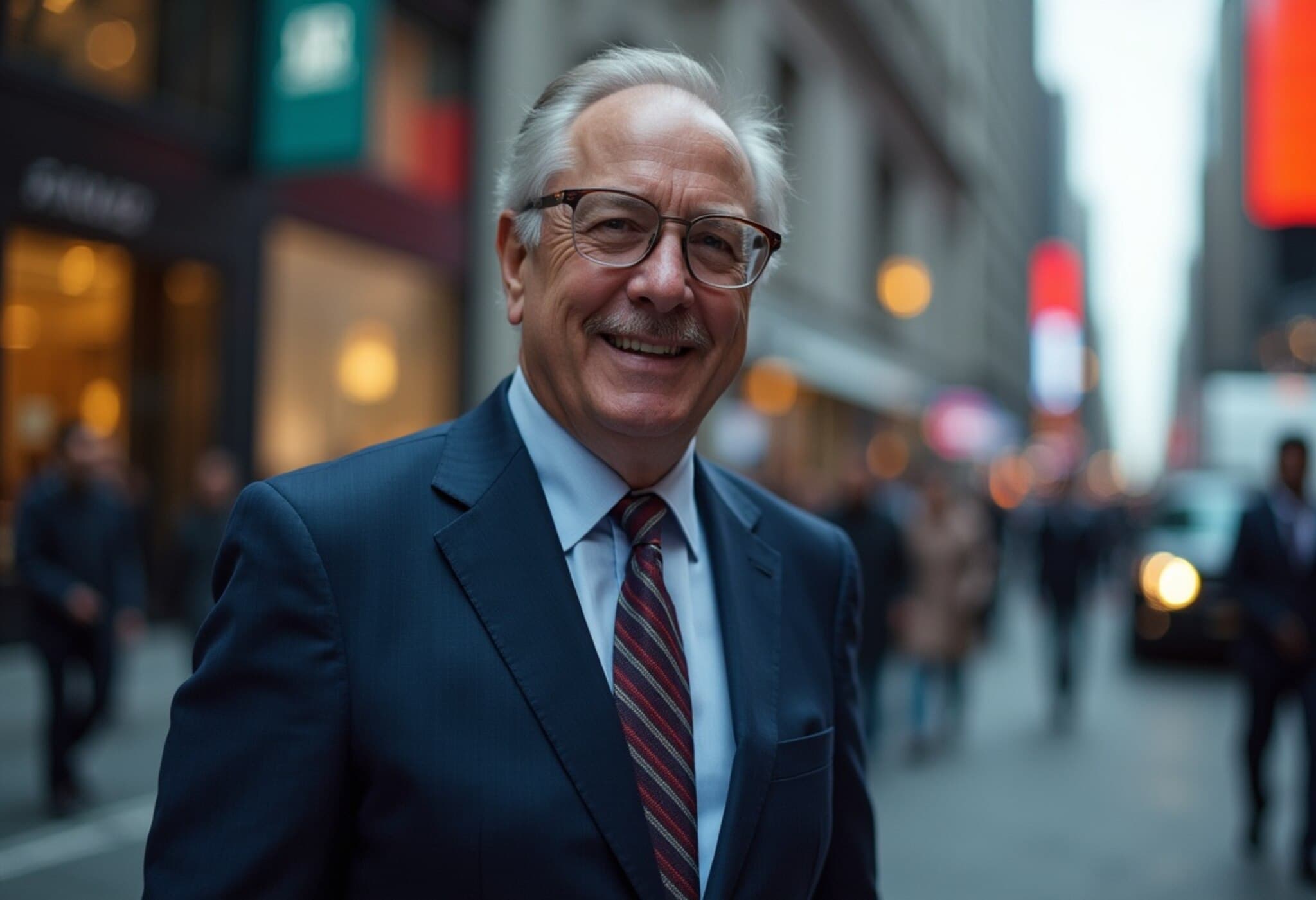JPMorgan Chase Hits Milestone with 1,000th New Branch Since 2018
JPMorgan Chase is proudly marking a significant achievement in its ongoing growth strategy, unveiling its 1,000th new bank branch since 2018. This milestone event took place in Charlotte, North Carolina—a key battleground city for retail banking—where Chairman and CEO Jamie Dimon joined a ribbon-cutting ceremony to commemorate the occasion.
According to recent Federal Reserve data from March 2025, JPMorgan Chase now operates approximately 5,000 branches nationwide, holding the largest brick-and-mortar presence of any American bank. This extensive footprint underscores the firm’s enduring commitment to physical banking despite the rapid rise of digital channels.
From Regional Player to Nationwide Powerhouse
Back in 2018, JPMorgan’s branch network spanned just 23 states, with plans to modestly expand by about 400 locations over five years. However, the firm accelerated its ambitions, reaching all 48 contiguous states by 2021. In February 2025, JPMorgan announced a fresh, multibillion-dollar investment to add an additional 500 branches by 2027, with a comprehensive strategy to renovate nearly 4,300 existing locations and enter 80 new markets.
Jennifer Roberts, CEO of Chase Consumer Banking, emphasized during an exclusive interview that this growth is more than just numbers. “We are on a marathon, not a sprint,” Roberts explained. “A thousand branches isn’t just a milestone; it’s a testament to our belief in serving communities directly, especially as others retreat from brick-and-mortar.”
Industry Context: Why Brick-and-Mortar Still Matters
Since the 2008 financial crisis, U.S. banks have generally reduced physical locations, driven by the surge in online banking and shifting consumer habits. However, the pandemic-induced population shifts and increased competition for deposits have prompted banks to rethink branch strategies. JPMorgan’s aggressive expansion contrasts with rivals who had previously scaled back but are now also ramping up branch openings.
- Bank of America, headquartered in Charlotte, holds a dominant 71% market share there, making the city a symbolic and strategic expansion target.
- Wells Fargo recently announced plans to open 150 new branches by 2027.
- Citigroup aims to boost its footprint, notably after lifting regulatory constraints that previously capped its growth.
Charlotte: A Strategic Choice
Charlotte represents a microcosm of JPMorgan’s expansion rationale—vibrant, young, and rapidly growing. Roberts notes that with about 75 Chase branches in North Carolina now, the bank is positioning itself to capture new wealth inflows and demographic shifts.
The city's dynamic economy and influx of young professionals provide fertile ground for deposit growth and new customer relationships, setting the stage for a direct challenge to established competitors.
Financial Impact and Future Outlook
JPMorgan projects that the branch additions will ultimately generate more than $160 billion in incremental deposits. On average, every new branch is expected to break even within four years, highlighting the long-term profitability and strategic value of this effort.
Looking ahead, once the expansion wraps up, 75% of Americans will be within an accessible drive of a JPMorgan Chase branch—an ambitious reach that blends physical presence with an inclusive brand ethos in an increasingly digital age.
Expert Perspective: The Resilience of Physical Banking
Industry experts suggest that while digitization remains crucial, branches still play a vital role in building trust and personalized service, especially among younger, migrating populations seeking wealth management and local community banking.
“JPMorgan is betting on the human touch,” says banking analyst Serena Kim. “Physical branches act as hubs for complexity that digital alone can’t resolve—like business banking, mortgage advice, and wealth planning. This expansion signals a nuanced strategy balancing tech innovation with the enduring value of face-to-face engagement.”
Looking Beyond the Numbers
This milestone also sparks important conversations about the future of financial inclusion and urban development. As JPMorgan invests billions into its physical infrastructure, it implicitly acknowledges the continuing role of banks as communal pillars, especially in fast-growing metropolitan areas experiencing demographic shifts.
Yet, questions remain about sustainability, the environmental impact of new branches, and how banks will evolve this network amidst rising fintech competition and changing consumer preferences.
Editor’s Note
JPMorgan Chase’s landmark expansion underlines a strategic pivot blending legacy banking strengths with modern market demands. While the digital revolution reshapes the industry, the firm’s commitment to physical branches reminds us that personal connections and local presence remain powerful drivers of banking success.
As the competitive sprint for deposits heats up, it will be instructive to watch how JPMorgan balances innovation with tradition, and whether other banks follow suit or innovate other engagement forms. For consumers, this growth offers more options and greater accessibility, but also raises questions about the future shape of banking infrastructure in a digital-first era.
What does JPMorgan’s expansion mean for you? Will physical branches continue to shape your banking experience or is digital the only future? Share your thoughts and stay informed as this story develops.

